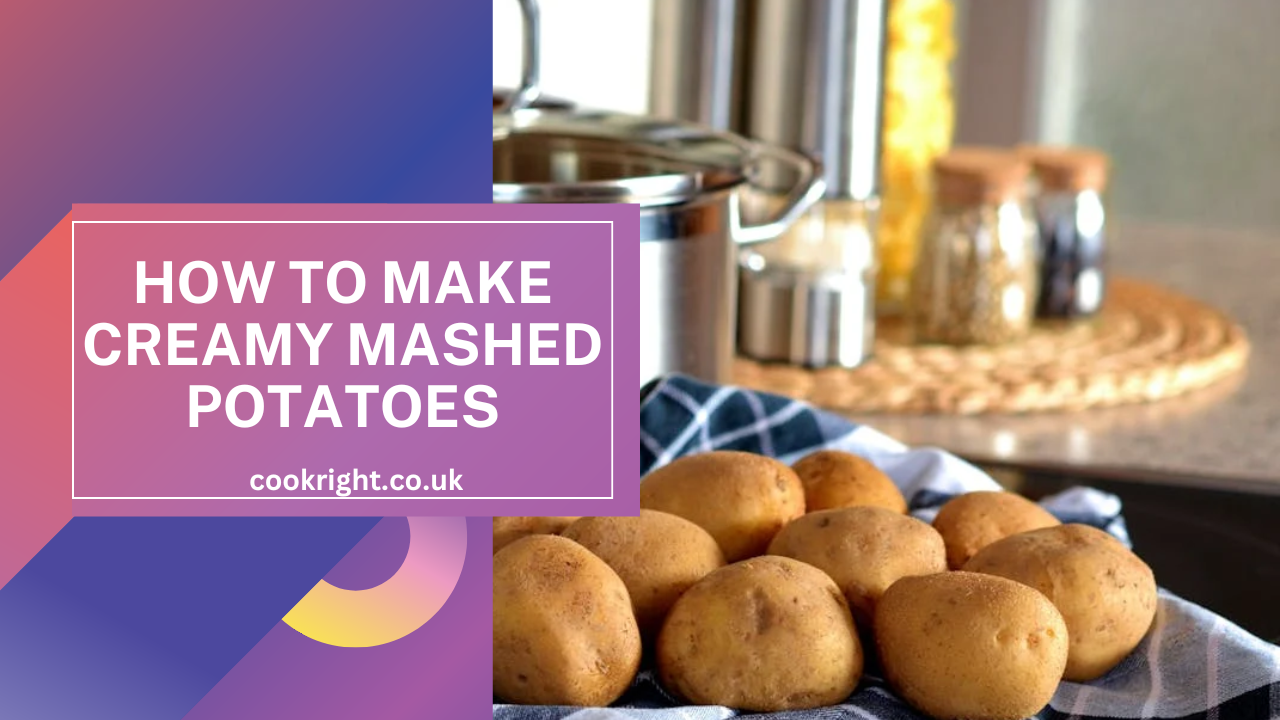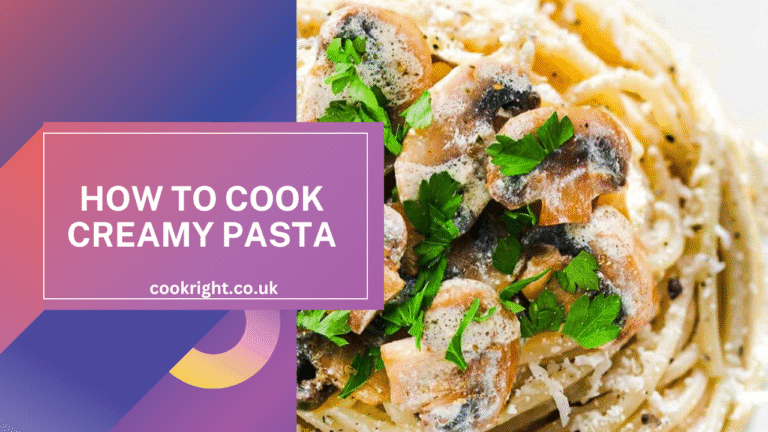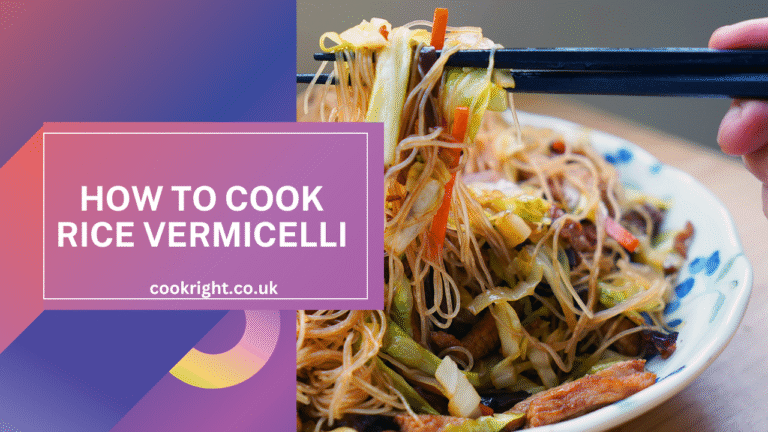Mashed potatoes are a classic comfort food, but what if you want to make them without the traditional ingredients like milk and butter? Whether you’re vegan, lactose-intolerant, or just out of these pantry staples, you can still achieve a deliciously creamy and flavorful mashed potato dish. In fact, there are plenty of ways to create richness and depth without dairy, using alternative ingredients and techniques that will take your mashed potatoes to the next level.
In this post, we’ll walk you through an elaborate process to make the creamiest, fluffiest mashed potatoes, all without milk or butter. Let’s dive in!
Why Skip Milk and Butter?
While milk and butter are often the go-to ingredients for mashed potatoes, there are plenty of reasons to skip them. For example:
- Dietary Restrictions: If you’re lactose-intolerant, allergic to dairy, or following a vegan diet, you’ll want to avoid milk and butter.
- Availability: Sometimes, you just don’t have these ingredients on hand but still crave mashed potatoes.
- Health Considerations: Skipping the butter can lower the fat and calorie content, making mashed potatoes a lighter side dish.
But without these ingredients, what makes mashed potatoes creamy and rich? The answer lies in using the right potatoes, alternatives to dairy, and cooking techniques that elevate the dish.
How to Make Creamy Mashed Potatoes
The steps have been outlined below to make creamy mashed potatoes without milk or butter.
Step 1: Choose the Right Potatoes
The key to creamy mashed potatoes starts with selecting the best potatoes for mashing. The most common varieties used for mashed potatoes are:
- Russet Potatoes: These starchy potatoes are fluffy and absorb liquid well, which makes them ideal for creamy mashed potatoes.
- Yukon Gold Potatoes: Slightly waxy, Yukon Golds have a naturally buttery flavor and a creamier texture compared to russets. They don’t require much fat or liquid to become smooth.
For a truly creamy texture, you can even mix the two varieties. Russets will give you fluff, while Yukon Golds bring richness and smoothness.
Step 2: Cook the Potatoes to Perfection
The way you cook your potatoes plays a huge role in the final texture of your mashed potatoes.
Boiling Method:
- Peel the Potatoes: Peeling the potatoes helps create a smoother mash. However, if you prefer a more rustic texture, you can leave the skins on.
- Cut Into Uniform Pieces: This ensures that the potatoes cook evenly. Aim for chunks that are about 2 inches wide.
- Salt the Water: Generously salt the water before boiling the potatoes. This helps flavor the potatoes as they cook.
- Cook Until Fork-Tender: Boil the potatoes for 15–20 minutes, or until a fork easily slides through the pieces. Overcooking will make them mushy, so keep an eye on them.
Steaming Method:
For even more flavor retention and a fluffier texture, try steaming the potatoes instead of boiling them. Steaming helps prevent the potatoes from becoming waterlogged, which can happen during boiling.
Step 3: Mash the Potatoes
Once your potatoes are cooked, drain them well. Any excess moisture can affect the texture of your mash. Before mashing, let them sit in the hot pot for a minute to evaporate any remaining water.
Now comes the fun part—mashing! You can use a few different tools:
- Potato Masher: This will give you a slightly chunky texture.
- Ricer or Food Mill: For ultra-smooth and fluffy mashed potatoes, a ricer or food mill is your best bet.
- Hand Mixer: If you prefer a whipped, airy texture, use a hand mixer, but be careful not to over-mix, as this can make the potatoes gluey.
Step 4: Add Creamy Dairy-Free Substitutes
Now that you have mashed your potatoes, it’s time to add in some creamy, flavorful elements. Here are a few non-dairy alternatives that work just as well as milk and butter:
1. Olive Oil
Extra virgin olive oil is a fantastic butter substitute. It adds richness, a silky texture, and a mild, fruity flavor to your mashed potatoes. To use:
- Slowly drizzle in 2–4 tablespoons of olive oil, depending on the quantity of potatoes, while mashing. Stir it in well for a velvety consistency.
2. Vegetable Broth
For a savory, flavorful twist, swap milk with vegetable broth. This adds moisture without the fat of butter and enhances the taste of the potatoes. Use:
- About ½ to 1 cup of warm vegetable broth, added slowly until you reach your desired consistency.
3. Coconut Milk or Cream
Coconut milk or cream is perfect if you want a subtle sweetness and rich creaminess without using dairy. Use canned full-fat coconut milk for the best results:
- Add ¼ cup at a time, tasting as you go to ensure the flavor isn’t overpowering.
4. Cashew Cream
For a decadent, velvety texture, blend soaked cashews with a bit of water to create a smooth cashew cream. This provides a neutral yet rich base for your mashed potatoes:
- Blend ½ cup of soaked cashews with ¾ cup water until smooth, then fold into the mashed potatoes.
5. Non-Dairy Yogurt or Sour Cream
For a tangy flavor similar to sour cream, try a dollop of unsweetened non-dairy yogurt or sour cream. These add moisture and a slight sharpness that balances the richness of the potatoes:
- Stir in 2–3 tablespoons to give your potatoes a slight tang.
6. Nutritional Yeast
Nutritional yeast adds a savory, cheesy flavor to your mashed potatoes without using dairy. It’s an excellent option for vegans who miss the richness of butter and cheese:
- Sprinkle in 1–2 tablespoons of nutritional yeast for a cheesy, umami depth.
Step 5: Add Flavor and Seasonings
While mashed potatoes can be deliciously simple, they benefit from a bit of extra seasoning and flair. After you’ve added your creamy dairy-free base, taste your mashed potatoes and adjust the seasoning. Here’s what you can add:
- Salt and Pepper: Always start with the basics! Salt enhances the natural flavors of the potatoes, while freshly ground pepper adds a slight kick.
- Garlic: Roasted garlic or garlic powder can take your mashed potatoes to the next level. If using roasted garlic, mash it directly into the potatoes.
- Herbs: Fresh herbs like chives, parsley, or rosemary bring brightness to the dish. Add a small handful of finely chopped herbs to your mashed potatoes for a fresh finish.
- Spices: A pinch of smoked paprika, cumin, or even nutmeg adds warmth and complexity.
Step 6: Serve and Garnish
Once your mashed potatoes are perfectly seasoned and creamy, it’s time to serve them! For an added touch, you can:
- Drizzle a bit of olive oil or melted non-dairy butter on top.
- Garnish with fresh herbs like parsley or chives for color and flavor.
- Add a sprinkle of nutritional yeast or crispy shallots for a bit of texture and savory depth.
Final Thoughts: Mastering the Art of Dairy-Free Creamy Mashed Potatoes
With these techniques and substitutes, you can make mashed potatoes that are just as creamy and satisfying as the traditional version. The key is to focus on balance—using starchy potatoes, the right mashing technique, and the best non-dairy alternatives to create a smooth, flavorful dish.
Experiment with the ingredients and find the combination that works best for you, whether it’s the silkiness of olive oil, the richness of coconut milk, or the savory boost of nutritional yeast. Before you know it, you’ll have a go-to recipe for creamy mashed potatoes that everyone will love—no milk or butter required!




